With over 800 years of history, Portugal is one of the oldest countries in the world. Throughout the centuries, several Portuguese traditions and cultural traits were established, defining today its society and its country in the most different areas.
From gastronomy to wine, handicrafts to music, popular festivals and pilgrimages, there are several reasons for you to visit this wonderful country.
Because Portugal is not only landscape nor monuments, discover its culture and traditions – there is much more to see!
Here are the Portuguese traditions and culture:
Conteúdos do Artigo - Sommaire - Contents
Gastronomy
Portugal has been for a long time a country with a huge culinary tradition. One of the first foods that stood out in the Portuguese gastronomic panorama was the cod.
From the Age of Discovery, particularly in the 15th and 16th centuries, the Portuguese spent a lot of time in the sea and, as such, had no access to fresh food.
The codfish came as a solution to this problem since this fish lasted longer when preserved in salt. As part of the population didn’t have much money to buy fresh fish, cod began to make its way in the Portuguese gastronomy and it is, today, one of the favourite foods of the Portuguese.
To be honest, there are a thousand ways to cook cod: boiled cod, with cream, roast, with cornbread, Gomes de Sá, etc. and all of these are part of the Portuguese traditions and gastronomy.
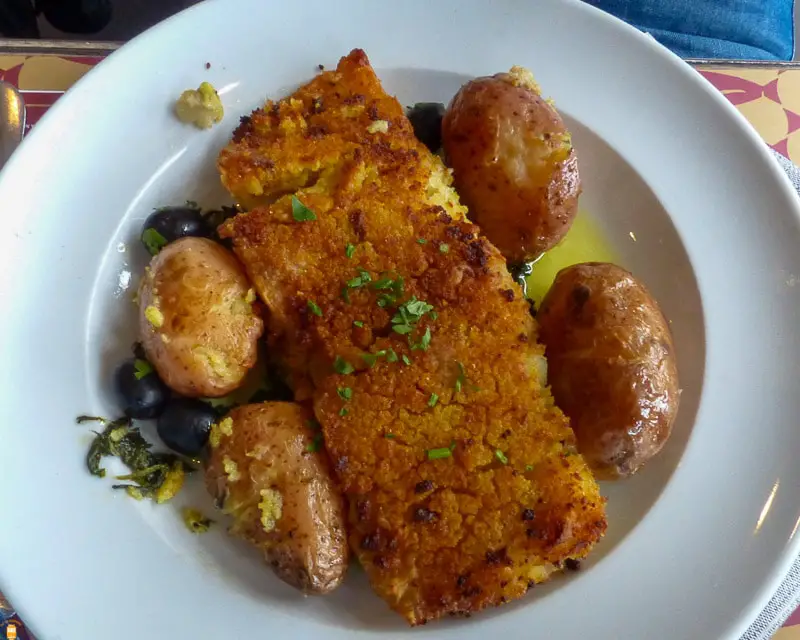
But it’s not just the cod that marks the culinary culture in Portugal. There are other delightful specialities that amaze the Portuguese and will win over the visitors from other countries.
Look at the case of sardines (mostly, during the festivals), the Francesinha (considered as one of the best sandwiches in the world) and the pastel de nata, a Portuguese egg tart pastry.
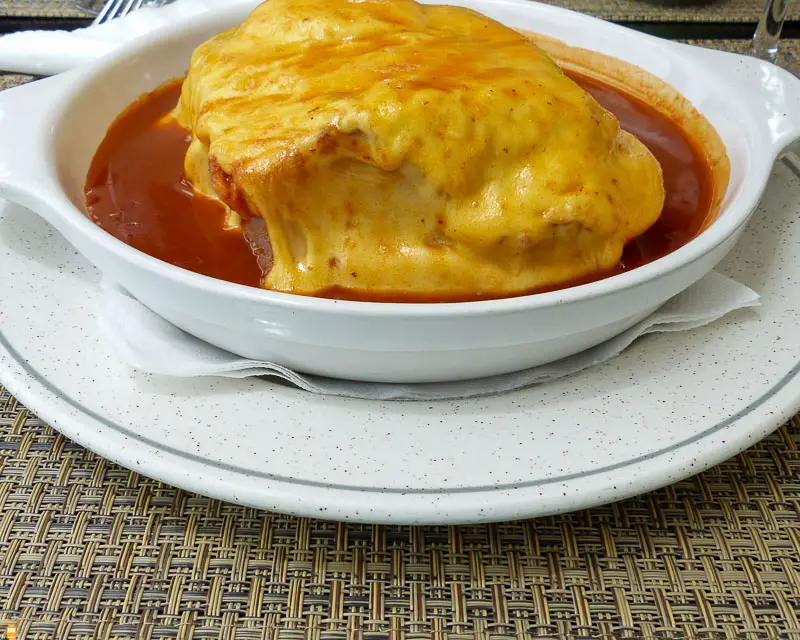
The pastel de nata is also very appreciated by the tourists visiting the country but what a lot of people don’t know is that when it started to be sold, in 1837, its goal was to save the Hieronymites Monastery.
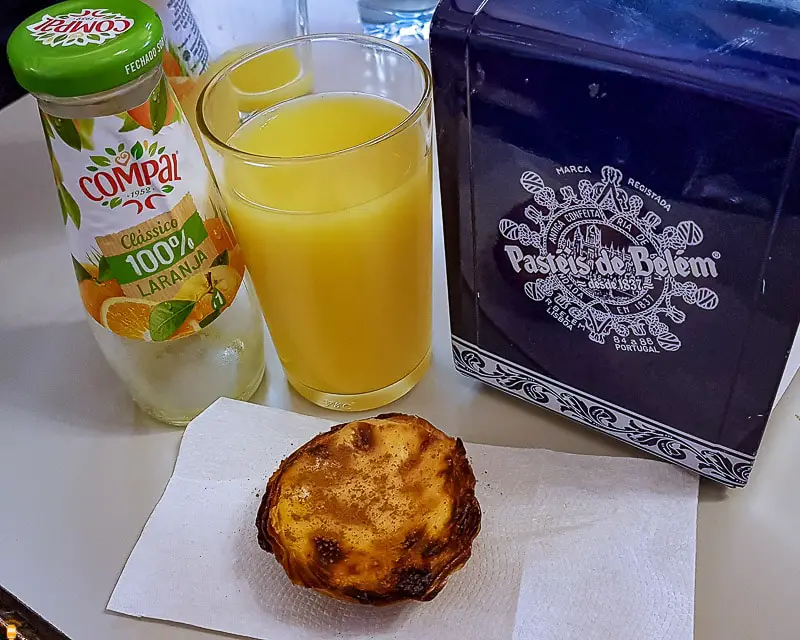
If you want to see some of the most loved Portuguese dishes, please watch this short video:
Still in the Portuguese gastronomy, I need to highlight the richness of wines, recognised worldwide and award-winning in several categories.
No doubt the most well-known Portuguese wine is the Port Wine. This wine is produced in farms in the Douro Wine Region (the first wine region to be recognised in the world) and stored in the cellars, in Vila Nova de Gaia.
From here, the wine is transported to all over the country and also exported to all over the world. What separates the Port wine from other wines is the fact that this wine is sweeter and, at the same time, has higher alcohol content.
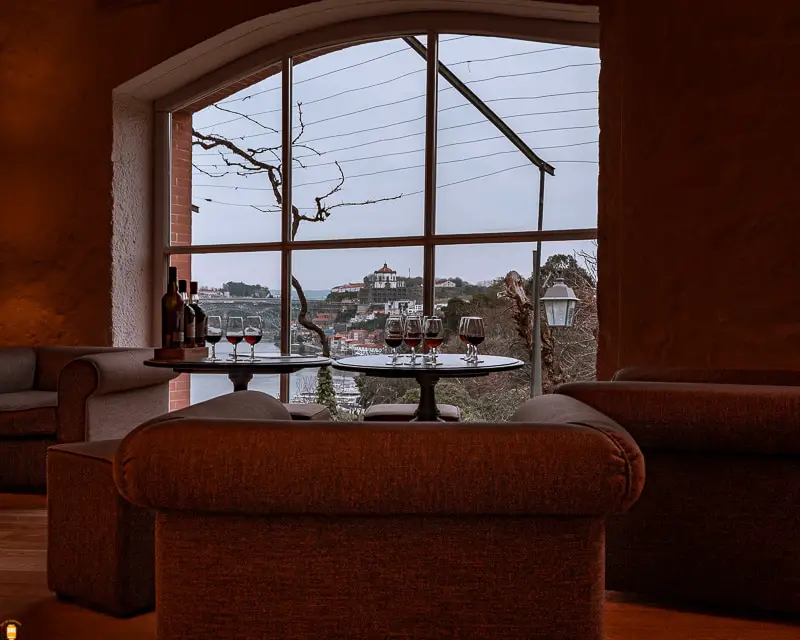

Music
The Portuguese traditions are also marked by music. One of the most characteristic musical genres in Portugal, and unique at a global level, is Fado.
This musical genre started to stand out in Portugal in the mid-nineteenth century but it was only during the decades of 30 and 40 of the next century that it won projection, by means of dissemination such as the cinema, the theatre and the radio.
There are several aspects that mark this musical genre like the melancholy, the longing, the fate and destiny; about the fado singer, he has a unique way of dressing and sings like no other singer from other genres.
Among the most well known singers in Portugal, people can hear Carlos do Carmo, Mariza, Ana Moura and the one and only Amália Rodrigues, who launched fado to a worldwide audience in 1943.
Watch this video for a live performance of Mariza:
It should be noted that fado was considered by UNESCO as Immaterial Heritage. If you want to discover this musical genre so typical of the Portuguese traditions, nothing better than to visit one of the many existing fado houses especially in Lisbon, but also in Coimbra and Porto.
Prepare yourself to discover the true charm of this music genre.
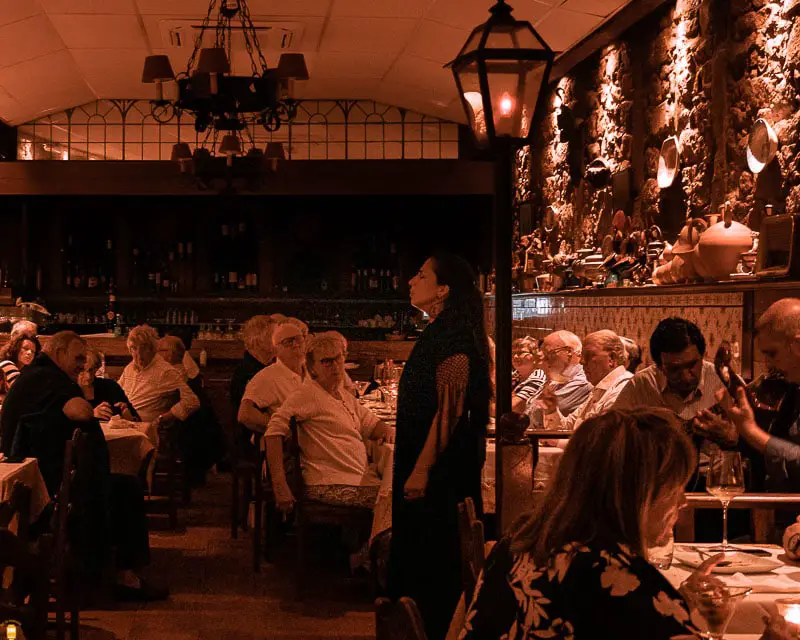
But not only of fado lives the Portuguese music scene. Another music genre very characteristic of this country is the folk music, present in a lot of festivals in Portugal – the most popular styles are the bailinho da Madeira, malhão and vira.
These music and dance styles are very typical of rural areas, both from the mainland and from the islands and are an excuse for people to gather and have fun.
Handicrafts
Another area that has emerged in the Portuguese cultural landscape over the course of time was handicrafts. Especially from the 17th century onwards, handicrafts started gaining relevance at a national level with special relevance in areas such as ceramics, tapestry, embroidery, jewellery, among others.
When it comes to ceramics, no one can be indifferent to the presence of one of the most well-known symbols of Portugal – the rooster of Barcelos. This rooster is typically made in clay and, despite having its origins and greatest relevance in the north of the country, it’s a national icon also known in other countries as a Portuguese symbol.
The glazed tile is also very common in the Portuguese traditions and its production has more than five centuries of history. You can see magnificent examples of this type of ceramics especially in churches, old train stations and in many homes.
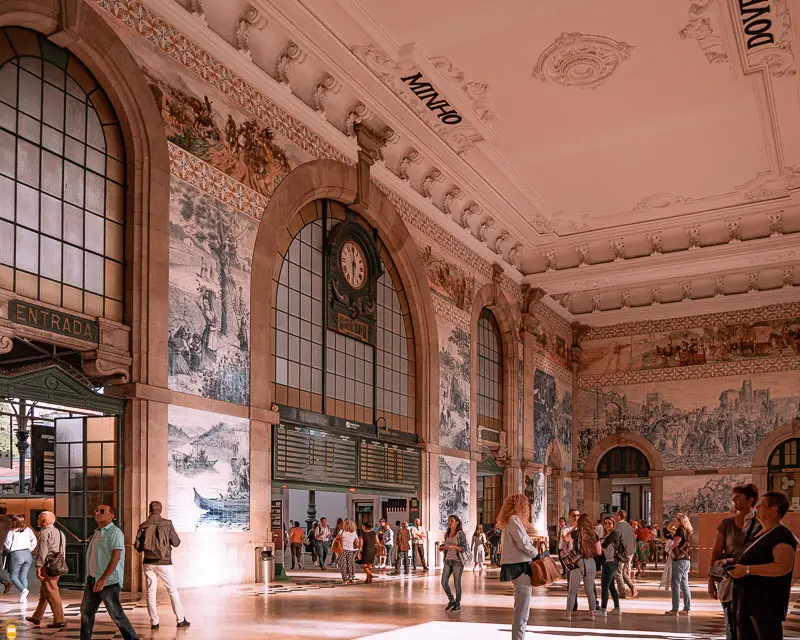
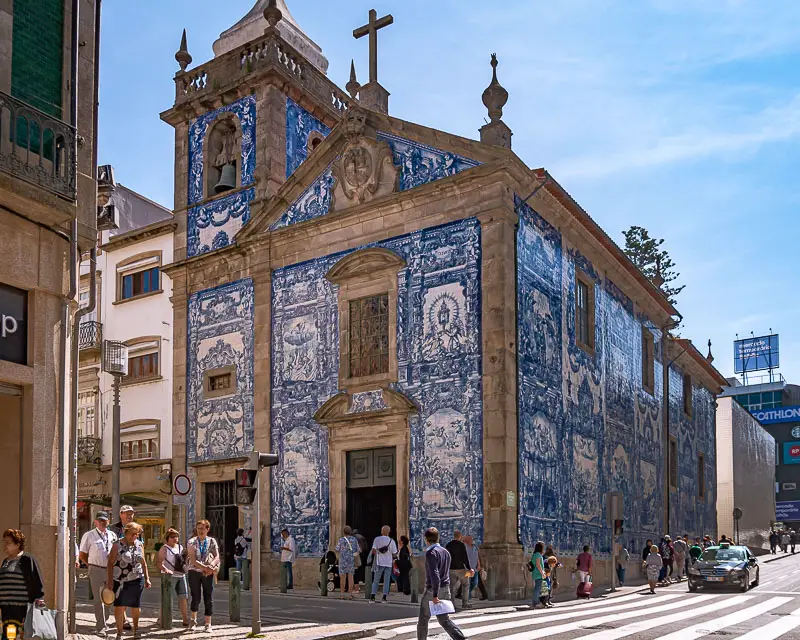
The Portuguese tradition in tapestry came in the 18th century and it is used since then for decoration of walls and murals. Themes such as the deeds of the Portuguese, religion and others are depicted in carpets.
In a national and international level, the most well-known carpets are without a doubt the Arraiolos carpets. They have emerged in Alentejo, in the village of Arraiolos (hence the name) but they are already produced all over the country.
These carpets are characterised by being embroidered in wool on a linen or cotton canvas with Arraiolos stitch, unique in the world.
Another form of handicrafts very typical of the Portuguese traditions is, without a doubt, the bobbin lace. This textile art has sprung up in Portugal and also throughout Europe between the end of the 15th century and the beginning of the 16th century, during the Renaissance period.

The kinds of bobbin lace better known in Portugal are the ones from Vila do Conde and Peniche. This type is very characteristic of Portuguese coastal areas and it requires hard work, dedication and patience. If you want to know more about the embroidery crafts, nothing better than to visit the museum of embroidery crafts in Vila do Conde.
I cannot fail to mention the typical skirts of Nazaré, in the Centre of Portugal and the Valentine’s handkerchiefs, more characteristic of the north of the country. These scarves were mainly embroidered by women as a way to spend their time; women made these handkerchiefs to use them as an ornament but also to conquer their loved ones.
Finally, one of the areas with special emphasis on the Portuguese handicrafts is the jewellery, in particular the filigree.
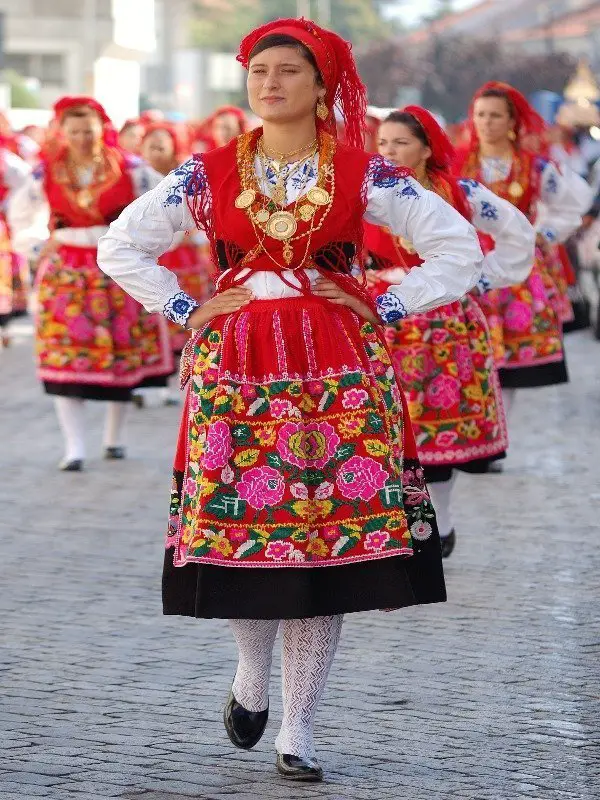
Filigree is an ornamental work of fine wire (especially gold and silver) formed into delicate tracery, demanding their artisans much dedication; the largest production centres in Portugal are Gondomar, in Porto, and Póvoa de Lanhoso, in Braga.
Among other pieces of Portuguese filigree, we have the hearts of Viana, crucifixes and earrings. These pieces are a decorative element to enrich traditional costumes in festivals, especially in the north of the country.
Popular Festivals and Pilgrimages
The festivals and pilgrimages are other aspects most present in the Portuguese traditions and they come hand in hand with some areas mentioned above, as the gastronomy and music.
Festivities like Santo António, São Pedro and São João and the pilgrimages to the Sanctuary of Our Lady of Fátima, among others, take millions of Portuguese and foreign tourists to the streets of big cities and villages of Portugal in party or in devotion, playing a huge role in the Portuguese traditions.
Santo António, in Lisbon, is the first of the biggest festivals happening in the country. This festivity is celebrated in the week of the 13th June and joins thousands of people on the streets to admire and be part of the popular marches, typical of this time of the year.
During these festivities it is tradition to adorn houses with basil plants, eat grilled sardines and cornbread. Another tradition is the weddings of Santo António, because this saint is considered to be the patron saint of weddings and young boys and girls ask him for help to find their soul mates.
As Santo António in Lisbon, also in Porto and in Braga São João brings together thousands of people and fun, being the highest point the night of the 23rd to the 24th June.
In Porto people gather mostly in the historic centre and eat grilled sardines, corn bread and caldo verde (traditional soup).
After dinner, people go to the avenue Avenida dos Aliados or to Ribeira and prepare themselves for the fireworks.
It’s also tradition at this festival for everyone to walk with plastic hammers or leek and beat (gently) in the heads of those passing by. In addition to the hammer, it’s also tradition to launch hot air paper balloons that will colour the skies of Porto and surrounding cities.
These are two of the biggest Portuguese festivals, but there are many others that fill the calendar, spanning from north to south.
Also the pilgrimages to the Sanctuary of Our Lady of Fátima move a lot of people and are part of the Portuguese traditions. The main dates are, without a doubt, the 13th of May, date that celebrates the first apparition of Our Lady to three shepherds, in the village of Fátima in 1917.
The other important date is the 13th of October that celebrates the last apparition of Our Lady, in which she has requested for a chapel to be built in her honour.
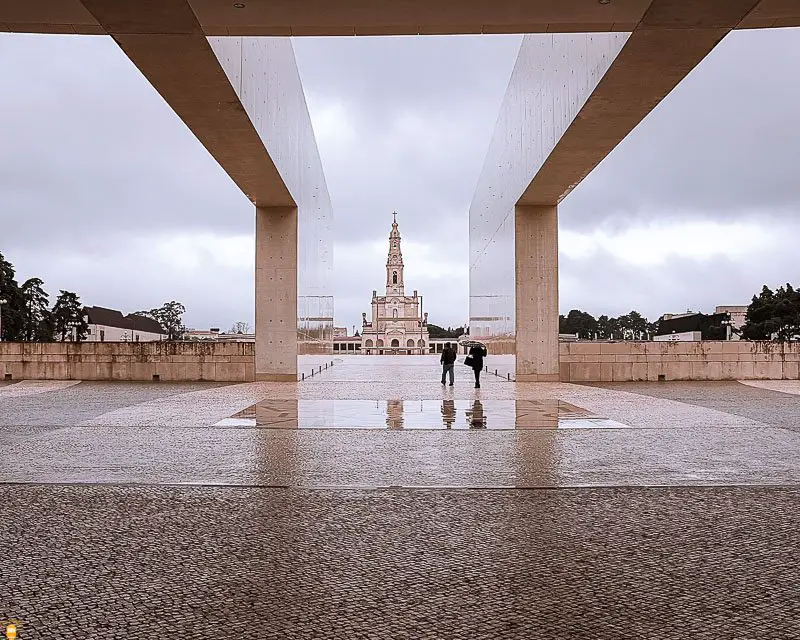
As you can see, in addition to all the natural beauty and all the monuments that exist in Portugal, this country has much more to offer: it’s the warm and welcoming people, their customs and their traditions that also make this country one of the most beautiful in Europe and in the world.
If you don’t want to visit Portugal only because of its beaches and monuments, visit it also because of its food, festivals, handicrafts and discover all of the Portuguese traditions – you won’t regret it!
Are you visiting Portugal? Don’t hesitate in book your hotel room, your car or the best activities by clicking the links below. It will allow me to continue to offer you tips and itineraries for your visit to Portugal, for free! Thank you!
What will also interest you:
- Top 100 of the best places to visit and things to do in Portugal
- Portugal in a new perspective: Portuguese customs and authenticity
- Discover the best Portuguese summer festivals!
- 15 Incredible pictures of Portugal that will amaze you!
- Discover here the best wine regions in Portugal!
- Things to do in Portugal in 15 days

